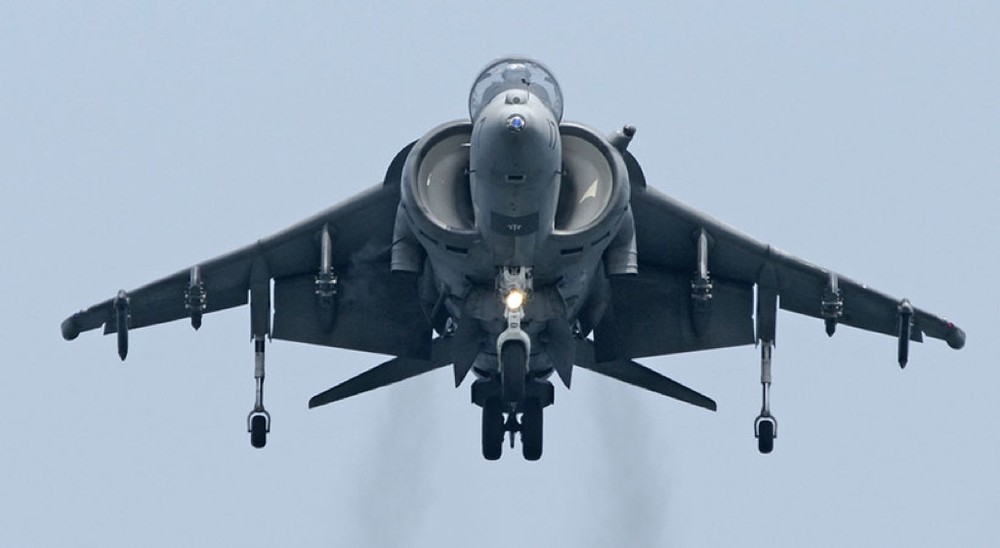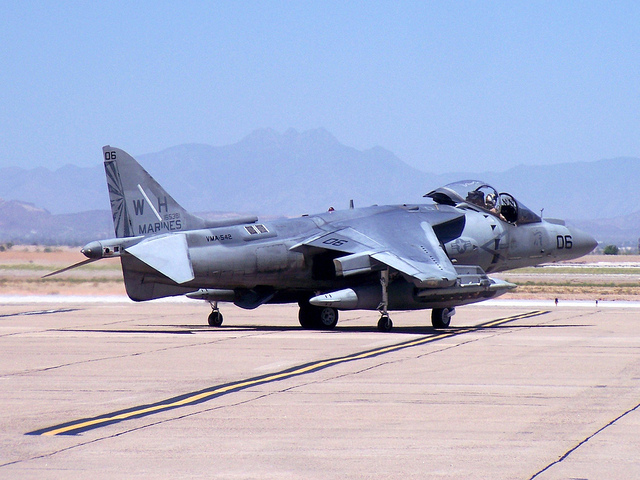-
Posts
31 -
Joined
-
Last visited
About OStateBandit
- Birthday November 24
Personal Information
-
Flight Simulators
DCS World
-
Location
USA
-
Interests
Flying, Shooting, Simulation, Driving
-
Occupation
Military Simulation - Program Management
-
Another happy customer. This is an awesome upgrade for the Warthog throttles. My factory slew died over a period of about three years, and I increased dead zones, played with curves, etc., until I couldn't make it work anymore. I finally ponied up and ordered Delta Sim's slew upgrade. I received mine a few days ago and finally installed it last night. It took about 10 minutes; instructions were clear and concise, and it literally made the slew control better than ever. If I bought another Warthog today, I'd install this upgrade before I even plugged it in. Kudos to Delta Sim for this.
-
I see this occasionally as well, and simply reloading the mission 'fixes' it. It is apparent as soon as the cockpit is displayed. As others have said, the drum works as expected, however the needle is stuck at 0. I've got an older CPU as mentioned above, so perhaps this will help. Can I reproduce it 100%: No If not 100%, how often out of 10: 5/10 How to reproduce/ description: Random after mission loading; evident as soon as cockpit loads. Reloading mission has always cleared it. OpenBeta 2.5.5.41371 i7-4790K @ 4GHz ASUS RTX 2080 Super 8GB 32GB RAM Samsung SSD 850 EVO 250GB (OS) Samsung SSD 850 EVO 500GB (DCS) OS: Win10 Joystick: TM Warthog Throttle: TM Warthog Pedals: CH Pro Pedals Headtracker: TrackIR v5.4.2.27545 Mission File: Instant Action - Persian Gulf Case I Recovery Mods: None
-
The new LUA fails integrity check.
-
The -2 (2 ND) is correct per the aircraft, and works in the sim. When performing a STO, you only 'guard' the stick rather than pull the nose up as in a conventional takeoff. Basically hold it neutral. The rotation of the nozzles at NRAS is what gets you airborne, then you begin an accelerating transition.
-
That makes more sense. I've never noticed, as I just scroll until it drops into the detent I want. It does seem more appropriate to me for RAZBAM to adjust the STO Stop increments in-game to 5 degree each in order to match the jet though. Juggling the power and nozzle levers while flying is what the Harrier is all about! :)
-
Just a point about the STO Stop in the aircraft; it only moves between 5 degree detents, which are marked on the quadrant. In your screen capture, it should be at the 70 degree position. Not sure what use a mouse-tip showing its position would add in-game. Same goes for the nozzle lever itself. The nozzle position corresponds and is already shown in the HUD (in VSTOL mode) and at all times on the engine display panel. There are limits on the airplane, something like +/-1 degree that the nozzles must correspond to what is shown in the aircraft.
-
Trim is used as needed during flight to maintain desired control forces; typically to keep the stick in a fairly neutral position. In DCS, without stick forces, you basically trim to hold the nose wherever you want it with little-to-no stick input. Try trimming so that it takes very little stick deflection to keep the nose level. The required trim will change as your airspeed changes. With the nozzles deflected, -2 degrees or more stab trim closes the nose RCVs, so on the ground -4 degrees is used as a practical setting to ensure that they stay closed during ground ops, particularly without your hand on the stick. You want the nose RCVs closed to reduce the likelihood of FOD ingestion.
-
The EFC switch selects which DECU (1 or 2) is active. They are redundant systems. Part of post start (forget which checklist) is to to check that both are functional, and that the EFC warning light works. It should flicker when you switch between 1 and 2.
-
Bueller? Bueller? Bueller? :)
-
First and foremost, this isn't a complaint; just a question. Are the maneuvering and/or weapon release tones on the road map for the full release? Both tones are described in the various aircraft manuals, and are quite noticeable when flying.
-
Those are on the USMC road map for the Harrier, but still a few years away, and the sundown of the airplane has been set for 2025-2026 (FY26) too. It will be interesting to see how much actually makes it to the plane. The upgrades you mentioned are part of new OFPs being developed and fielded on the jets. Right now, RAZBAM's Harrier is a bit of a mish-mash of OFP versions with regards to capabilities and features. It's really close (and I enjoy the heck out of it), but to implement the new features realistically in DCS would require quite a bit of data that isn't out there for public consumption, and I suspect some wholesale updates of DCS. TPOD capabilities are a great example of that. Anyhow, you can read more about the plan to implement new goodies on the AV-8B in the USMC's annual aviation plan: https://www.aviation.marines.mil/Portals/11/2018%20AvPlan%20FINAL.pdf
-

Looking for AV-8 throttle measurements
OStateBandit replied to Shadow_1stVFW's topic in Home Cockpits
I can't help, but I'm extremely interested in an AV-8B throttle setup as well. The real deal is a fairly large mechanical affair if you include the nozzle lever and stop. Are you doing the radar version of the throttle? -
A real answer to that is going to be difficult to get, as you are delving into defensive tactics and system capabilities which are typically classified. But, if you look at what the DECM actually does, or similar electronic warfare pods, i.e. jammers, it seems reasonable that you could cover a flight of aircraft with a single pod, assuming they stay within some coverage envelope of the pod I suppose. A good example of this is the EA-6B and E/A-18G, and the EA-3B before them. If you look at public photos of strike packages, you'll notice only a few, even single, aircraft are used in a package to fulfill the EW role. As far as the DECM's implementation in DCS, I haven't a clue. I've got no idea how EW and jammers actually function behind the scene in the simulation engine.
-
I may have missed the point of your question. As far as what it means for the ailerons to be drooped, they essentially behave like flaperons when drooped. Under the defined conditions, which are fundamentally during low speed flight, both ailerons deflect downward to increase lift production at low airspeed by increasing the effective camber of the wing. This can also assist in lateral (roll) control during low speed flight. See the attached photos of AV-8Bs. The flying aircraft have their ailerons drooped, while the aircraft on the ground does not.
-
From the NATOPS: 2.15.4 Aileron Droop Aileron droop is accomplished by a single--cylinder aileron droop actuator in tandem with each aileron actuator. The aileron droop actuators are powered by HYD 1. Aileron droop operation requires no pilot action. Inflight, with the flap switch in STOL, the ailerons droop 15° when airspeed is below 165 knots and nozzles are over 25°. This establishes a new aileron neutral position and aileron travel is 10° down to 25° up. After takeoff with the flap switch in STOL, the ailerons begin to reposition up (0° droop) 3 seconds after weight--off--wheels and nozzles less than 25°, or exceeding 165 knots. Aileron droop requires approximately 7 seconds to reposition 15° down after selection of STOL flaps with weight--on--wheels. 2.15.4.1 Aileron Droop Light The aileron DROOP light on the caution/advisory light panel comes on when the ailerons are drooped.




